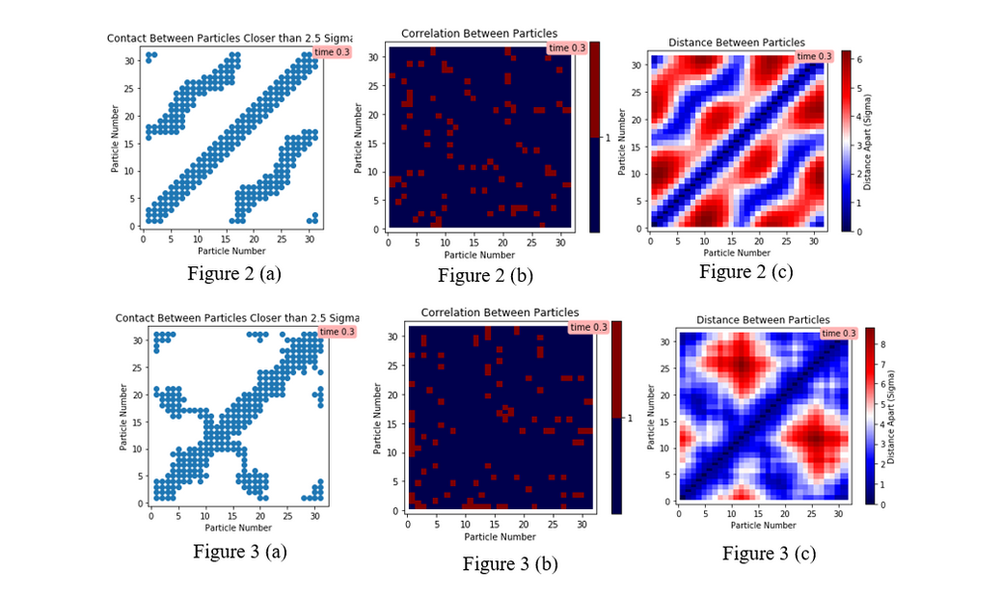Computational Space for Particle Simulations of Gel Electrophoresis
Through the Harvard College Research Program, I was a research assistant for a year in the field of particle dynamics. Seeking a challenge over my virtual junior year due to COVID-19, I worked with a faculty member from Massachusetts General Hospital to conduct research in a field I’d never been exposed to before.

Computational Beginnings
Gel electrophoresis is the process of adding an electrical field to a gel (typically Agarose) to separate particles by their sizes. The most recognizable use of gel electrophoresis is to identify DNA. Although discovered over 60 years ago, very little is known about the mechanics involved in this process. Thus, this inspired my research and with the help of a faculty member we were able to make a simulation space to see what exactly happens when you send a prime knotted particle through the matrix (pictured below, prime knot in purple). Prime knots are knots that cannot be unwoven without cutting the knot. These particle chains are rare and have not been studied before with computer simulations of gel electrophoresis.



